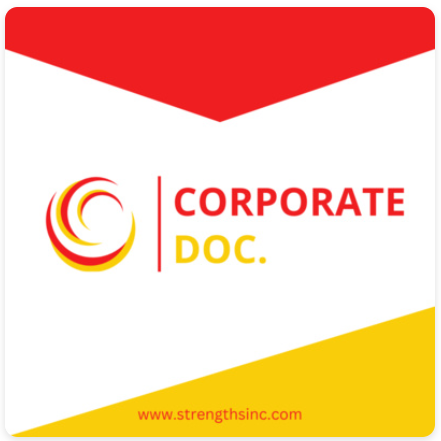Top Three Things That Kill Innovation in Organizations
- Naomi Chitambira

- Jan 17, 2020
- 2 min read

Structure
Thank you for the overwhelming feedback on the introductory article- ‘Top Three Things That Kill Innovation in Organizations.’ To understand the impact of structure on the level of innovation in an organization; let’s begin with this picture.
You want to modify your office to suit your new needs. The first step is to seek the service of an architect who will put your new plan to life on paper. The second step is the service of an engineer who will determine the kind of structure that will hold your new plan intact without posing danger to your staff and ensuring all the minimum structural compliance requirements are met. The third step will require a builder who understands both the architectural picture and the engineering drawings to build the office and deliver the expected outcome. Take note of the fact that your office’s original structure was designed to hold the needs at that moment thus, when needs change, the structure needs to change.
Like the architectural picture, your organization exist to fulfill a vision. Engineering drawings reflect your organizational structure which ensures effective communication, coordination, and integration of efforts across departments. The builders represent the leadership and management of the organization - the people who work between the vision and the structure. They are responsible for making great use of resources to achieve the vision. This is the reason why the quality of leadership and management matters; it reflects on what the organization can achieve.
Daft in his book, “Organization Theory & Design” highlights that highly centralized organizational structures erode the capacity of employees to solve problems, innovate, and to adapt to changing circumstances as problem solving is left to top levels on the hierarchy. Likewise, highly decentralized organization emphasize on learning and adaptation empowering employees to creatively solve their problems.
Here are the greatest mistakes leaders make: they come up with new corporate strategies but rarely check if the existing structure empowers employees to deliver the expected outcomes. This is the greatest killer of innovation in many organizations. Here are examples of what you experience when your organizational structure lacks the strength to carry the new strategy: poor communication, poor coordination and integration of efforts across departments, islands and different power houses, high employee turnover (frustrated employees), and low productivity.
At this point you maybe asking, “what do structural changes look like in practical terms when an organization's strategy is shifting?” The truth is that structural adjustment process is complex and difficult because it deals with the breaking down of set in and established forces of routine. Thus, to stimulate innovation and creativity, leaders should create an environment that enables effective communication, effective coordination and effective integration of efforts across departments- constantly checking to what extent does structure supports the new strategy.
Author: Naomi Chitambira




Comments